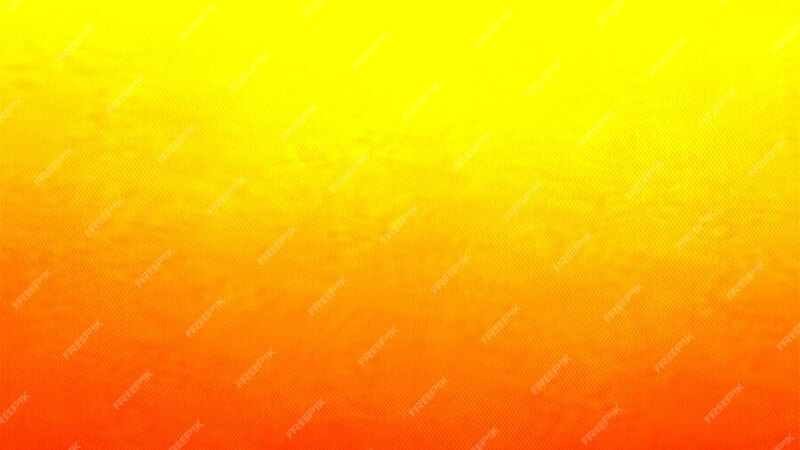Color mixing is a fascinating subject that blends art, science, and a touch of magic. Whether you’re an artist, a designer, or simply curious, understanding how colors interact can open up new realms of creativity. One common question is: what color do orange + yellow = what color make? In this article, we’ll delve into the nuances of color theory to provide a comprehensive answer. We’ll explore the basics of color mixing, the science behind it, and practical applications. By the end, you’ll not only know the resulting color but also understand why and how it happens.
Understanding the Basics of Color Theory
Before we dive into mixing orange and yellow, it’s essential to grasp some foundational concepts of color theory. Colors are typically categorized into three groups: primary, secondary, and tertiary.
- Primary Colors: Red, blue, and yellow. These colors cannot be created by mixing other colors.
- Secondary Colors: Green, orange, and purple. These are formed by mixing two primary colors.
- Tertiary Colors: These are created by mixing a primary color with a secondary color, leading to hues like red-orange or blue-green.
In our case, orange is a secondary color, formed by mixing red and orange + yellow = what color, while yellow is a primary color.
The Science of Color Mixing
Color mixing can be approached through two main models: additive and subtractive.
- Additive Color Mixing: This is how colors mix in light. The primary colors are red, green, and blue. When combined, they create white light. This model is primarily used in digital screens and lighting.
- Subtractive Color Mixing: This applies to pigments, such as paints and inks. The primary colors in this model are cyan, magenta, and yellow. When mixed, they absorb (subtract) wavelengths of light, creating different colors. This is the model relevant to our discussion of mixing orange and yellow.
Mixing Orange and Yellow: The Result
When you mix orange and yellow in the subtractive color model, the resulting color is a shade of yellow-orange. This happens because orange + yellow = what color is a primary color, and orange is a secondary color that already contains yellow. Adding more yellow to orange lightens and brightens the orange, shifting it closer to yellow on the color spectrum.
Practical Applications
Understanding what color orange and yellow make can be incredibly useful in various fields. Here are a few examples:
- Art and Design: Artists and designers can create a wide range of hues by mixing colors. Knowing how to achieve the perfect yellow-orange can be critical in painting, graphic design, and fashion.
- Home Decor: If you’re redecorating your home and want to achieve a warm, inviting atmosphere, using shades of yellow-orange can create a cozy and cheerful environment.
- Branding and Marketing: Colors convey emotions and messages. Yellow-orange can evoke feelings of happiness, warmth, and enthusiasm, making it an excellent choice for brands aiming to connect with their audience on an emotional level.
Tips for Mixing Colors
To achieve the best results when mixing orange + yellow = what color, consider the following tips:
- Use Quality Pigments: High-quality paints or pigments will mix more predictably and produce more vibrant colors.
- Experiment with Ratios: Start with small amounts and adjust the ratio of yellow to orange until you achieve the desired shade.
- Test on a Palette: Before applying the color to your final project, test it on a palette or a piece of scrap material to ensure it’s the shade you want.
- Consider Lighting: The appearance of colors can change under different lighting conditions. Check your mixed color in the environment where it will be used to ensure it looks right.
Conclusion
Mixing colors is both an art and a science. When you mix orange + yellow = what color you get a vibrant, warm shade of orange + yellow = what color. This knowledge can be applied in various fields, from art and design to marketing and home decor. By understanding the principles of color theory and experimenting with different ratios, you can create a wide range of hues to suit your needs.
Whether you’re painting a masterpiece, designing a website, or simply curious about the world of colors, knowing how to mix colors effectively is a valuable skill. So, grab your paints, get creative, and explore the endless possibilities that color mixing offers.
